The riverboat captain is a storyteller, and Captain Don Sanders will be sharing the stories of his long association with the river — from discovery to a way of love and life. This a part of a long and continuing story. It first appeared in October, 2020
By Capt. Don Sanders
Special to NKyTribune
Typically, what is the first command given on deck when the Captain says it time for the steamboat to get underway? Hearing the “Old Man’s” orders, the Mate repeats the directive loud and clear for the deckhands standing by, ready to react as soon as they hear the deck boss bawl:
”BREAK UP!”
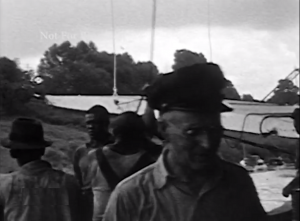
Then all hell breaks loose as the hands remove the apron from the heel of the 50-foot swinging stage. A set of blocks is quickly attached to lift the heel once the mighty steam engines beneath the forward deck pull the head of the stage off the riverbank; as suddenly as the stage comes off the ground, crewm’n manually lift the heel off the deck. Once the inboard end of the stage is about four-feet into the air, the pull-line of the heel block is dogged-off to a kevel mounted onto the side or “gunnel” of the swinging walkway.
Out on the shore, a senior deckhand lets loose the eye of the sternline at the Captain’s instructions. Quickly, the crew handling the line on the fantail alongside the paddlewheel pull it in as swiftly as possible. The sternline must be kept clear of the wheel coming ahead slowly to maintain a “bill hold” with the nose of the steamboat as the pilot steers the boat hard down onto the shore, causing the stern, now free of restraints, to swing out into the river.
According to the configuration of the boat, the Mate might tighten the headline using the herculean might of the steam-powered capstan to push the stern further away from shore and into the current of the river. Quite-likely the spring-line, also called a “towline,’ was let go. But if the boat kept slipping ahead, the Captain had the Mate hold the spring-line while working the stern out as far as possible, depending on the current of the river. Standing by at the eye of each line ashore, a deckhand stood ready to let loose a toggle bar or shackle once the word came down from the pilothouse high above them.
Then came the order, ”Let ‘em all go!”
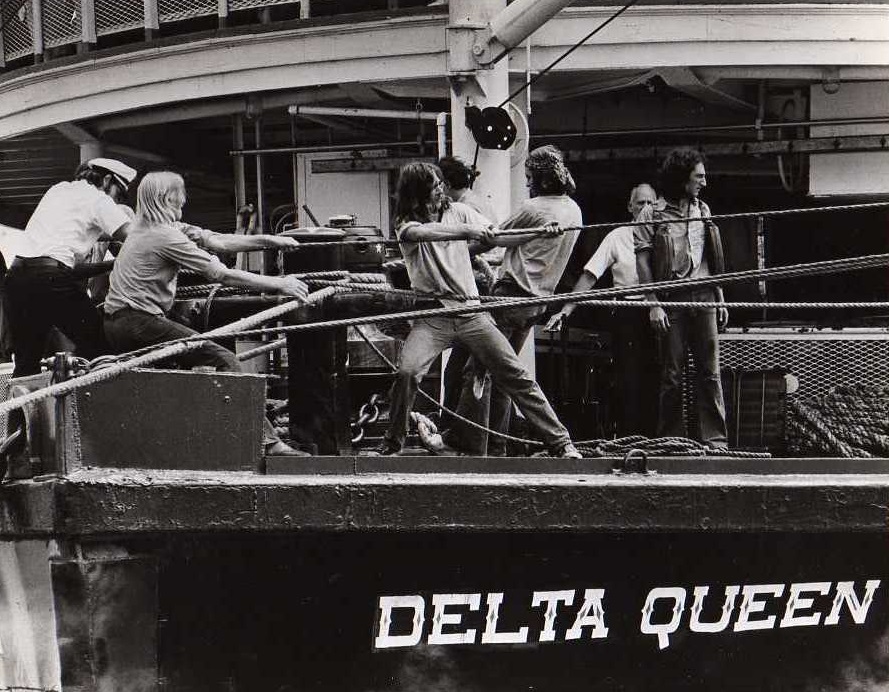
With the speed and vigor of trained athletes, the “deckies” freed both eyes. Grabbing the ends of the lines, the shorem’n (count females among them) pulled the heavy mooring lines to the river’s edge and, if time warranted, into the water. If only one experienced person were on the line, he, or she, could roll the line to the water’s edge with overhand twists and tosses. Otherwise, the deckhands aboard the steamboat had to pull extra hard against the friction of the solid earth to get their lines onboard.
“Hurry, hurry,” the Captain bawled, “I can’t hold this thing all day!”
By that, the Skipper meant he had the stern of the boat as high into the current as it would go, and he needed his “shorem’n” aboard lightning fast before the stern started dropping down. With a loud “thud” and a high metallic “clank,” the oak toggles or steel shackles slammed onto the deck of the stage, and the shorebirds followed and climbed aboard. With the scream of a crazed banshee, steam roared from the exhaust ports on the larboard side of the hull as the Mate engaged both the stage hoist and the twin capstan engines.
As the shrieking engines exhausted into the atmosphere, the shorem’n joined their crewmates pulling the four-ton stage around towards the center of the bow in line with the longitudinal axis of the steamer. On either side of the deck, several deckhands teamed together to heave hard on the take-up side of the “boom guys,” or sets of blocks and tackle used to swing the long, steel pipe, known as the “boom.” The boom attached to the vertical mast by a swiveling device and carried the 50-foot, four-ton, landing stage ahead of the boat while underway.
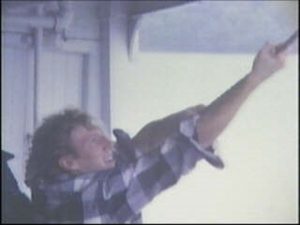
Underneath the stage, another set of blocks and tackle called the “belly blocks” was the primary mechanism to pull the massive stage on-center using the steam-powered capstan. These blocks also functioned to check the weight and inertia of the landing stage when moving it from on-center and into-position to create a gangway over to the shore. The crew was always careful to precisely line up the stage on-center, so when looking forward from the pilothouse window, the boom lay hidden from the pilot’s view by the forward mast.
With the stage lined up correctly, and both boom blocks free of slack and tied-off, the Mate used the capstan to pull the heavy stage inboard until the heel almost touched the H-Bitts mounted forward the capstan drum. With the capstan stopped and the belly blocks holding the four-ton stage canted at an angle to the stem post of the hull, the two tie lines stretched out length-ways and riding on the deck of the stage were removed from their resting places. Each line had one end spliced into a ring on the outboard sides, or “gunnels,” of the stage. After the cewm’n pulled the gunnel ties as tight as possible to deck cleats on either outboard sides of the stage, the capstan operator slacked off the belly block pull line and transferred the weight of the stage onto the gunnel lines, which quickly tighten them. The taut gunnel tie lines kept the long, suspended stage from swaying side-to-side while the steamboat was underway.
With the lengthy, stage plank in place, all extra scopes of lines were carefully tidied and arranged neatly in place, reflecting the pride the deck crew possessed in their vessel. The heel block pull had the most generous expanse of standing line. With great care, generations of deckhands proudly flemished the line on the heel of the stage. The stout shorelines had their places coiled atop wooden pallets and later taken up on spools looking like a giant’s kite string winder.
With all the lines in place and the deck looking shipshape, the deck crew gathered around the Mate for a quick briefing on how well they performed during the departure, or to learn if other duties needed attention during the remainder of the watch. Usually, the Mate had encouraging words, for most hands typically gave their best performances during the departures and landings of the steamboat.
Slackers, loafers, or goof-offs were rarely welcomed on a good crew where more were runoff by their peers than the Captain or Mate ever needed to set ashore carrying all the plunder they had in the world inside a cardboard suitcase or a grubby gunny sack.
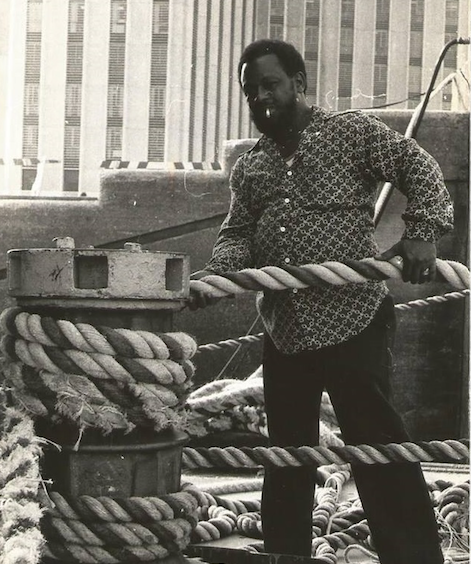
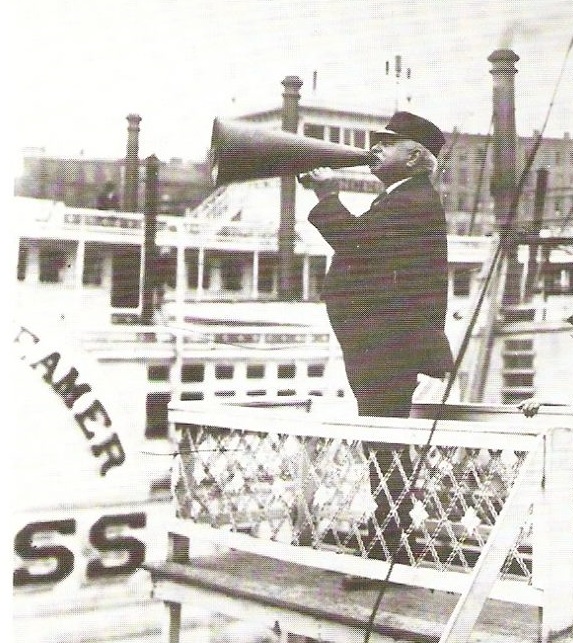

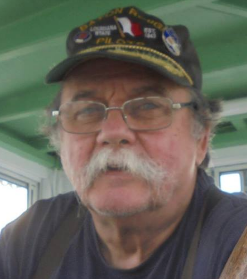 Captain Don Sanders is a river man. He has been a riverboat captain with the Delta Queen Steamboat Company and with Rising Star Casino. He learned to fly an airplane before he learned to drive a “machine” and became a captain in the USAF. He is an adventurer, a historian, and a storyteller. Now, he is a columnist for the NKyTribune and shares his stories of growing up in Covington and his stories of the river. Hang on for the ride — the river never looked so good.
Captain Don Sanders is a river man. He has been a riverboat captain with the Delta Queen Steamboat Company and with Rising Star Casino. He learned to fly an airplane before he learned to drive a “machine” and became a captain in the USAF. He is an adventurer, a historian, and a storyteller. Now, he is a columnist for the NKyTribune and shares his stories of growing up in Covington and his stories of the river. Hang on for the ride — the river never looked so good.



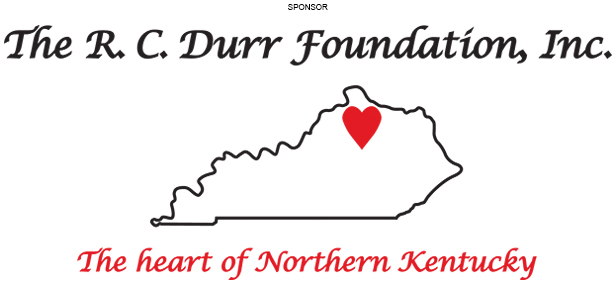







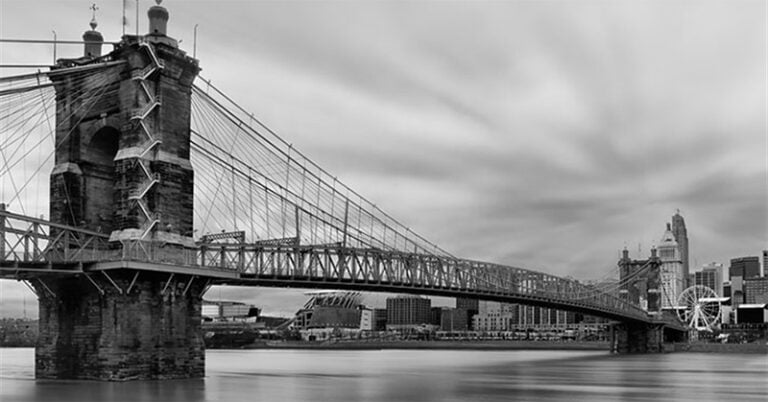


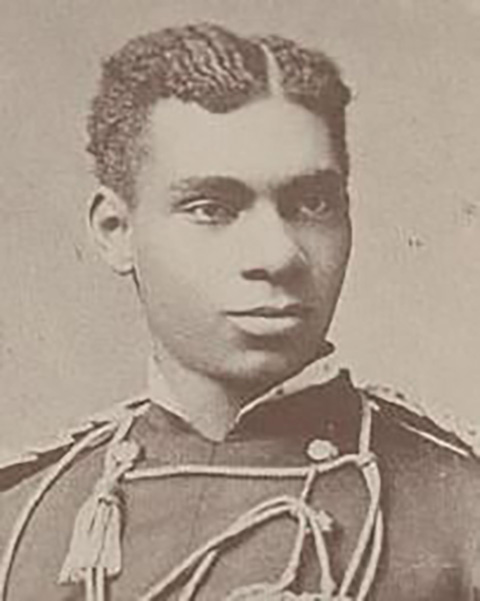

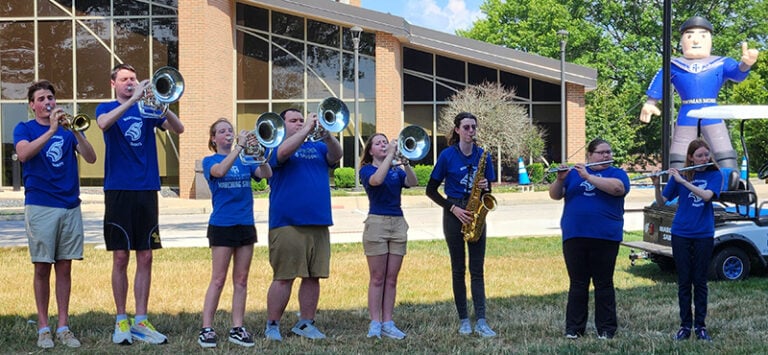

Such an awesome experience riding the old Delta Queen….many other riverboats that give you a great experience of reliving the old “STERNWHEEL ERA” but none so warm , romantic, comfortable , authentic ,and feel like HOME than the old girl DELTA QUEEN! Always will have the Spray from her wheel alive on my heart! So grateful I knew her well!
Wow! What a great story. As a former “deckie” for a time on a Coast Guard Cutter, it’s interesting to me to hear how a great riverboat and her crew make preparations to get underway. This is much more involved than what we had to do to make way on our ships for sea. There is some degree of great satisfaction how a crew can get so in grove to properly, safely and efficiently perform the many evolutions that are necessary to make a ship or riverboat work. You do take pride in ‘Your Boat!” We just could not just get rid of a slacker, but we had our ways as a crew to make sure they got “Squared Away!” Once again, a wonderful “River Story.”
Excellent read, always was great to see the great lady Delta Queen on the Mississippi River while watching from our pontoon boat .
Capt Don brings to life the hard work & yet magic of getting a stramboat set up to get under way.. I’ve watched it “zillion” times, yet as I read his tale it cones alive & sings in my veins. Yet it’s explained so a new comer can be just as enthralled.. Thank you Capt for your teliing & NKy Tribune for the printing so many can enjoy. .
Captain Don, your words, so realistic, put me on board that steam boat. Great article!
I thoroughly enjoy Captain Don’s tales of river life!! Having grown up along the banks of the Mighty Mississippi, it’s wonderful to learn of the hard work these folks did to keep the steamboats and river vessels gliding the waterways!!
These stories mean a lot to this relative newcomer to river travel. Those crew members made it all look so easy! Thank you for continuing to print them
Captain you make the task of getting underway a ballet, each man knowing his place and task. The Mate can get spoiled at times with a great crew.
Thanks!
Watching the steamboat’s crew go about their workaday tasks surely provides an educational and entertaining view for tuned-in boat passengers. Reading Capt. Don’s vivid, you-are-there account artfully provides the same effect for the passengers of this column! Thanks for another weekly stretch on the river!